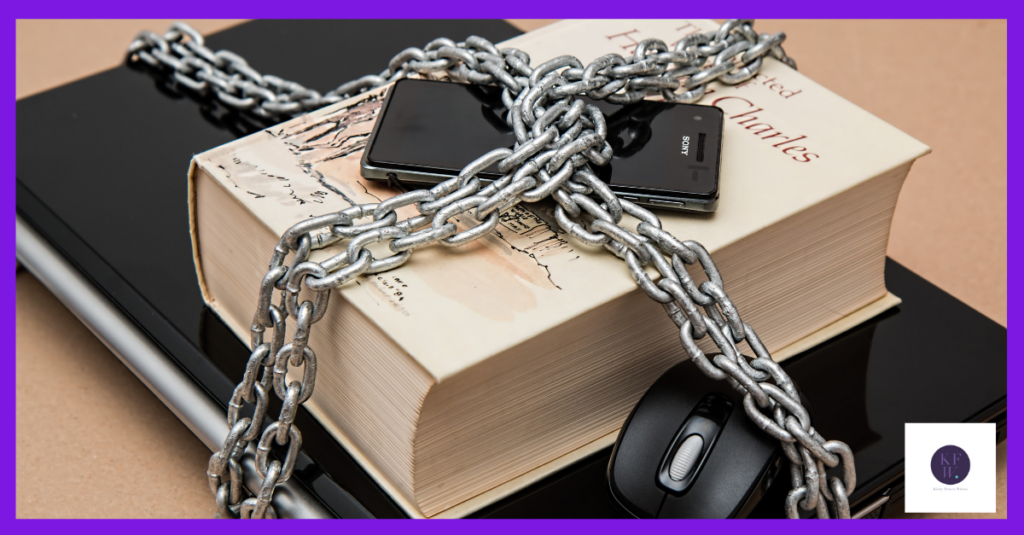
When I first started my business, one of the main reasons was the flexibility it gave me. When I was a solicitor there was a flexi-time policy and I changed to part-time working to give me more time with the kids but I was still basically working a 9-5. I couldn’t take an afternoon off on a whim or disappear early because it was sports day at school. Flexibility had to be planned. I was able to plan and prioritise my work but I wasn’t high enough up the food chain to decide that some things weren’t essential. Still, as a business owner, it’s taken me a while to truly embrace letting things slide. Here’s how it happened.
I took part in a challenge
Does anyone else feel as if we’re constantly batting away advice about the new thing we must do if we want our business to succeed? This is particularly true in marketing. There’s always something about why you need to add another social media platform or what kind of content you should be producing this week.
It used to make my head hurt. Then I did two things. I subscribed to emails from Anita Popat, who only tells you the social media stuff you need to know. Then I did a 3-day Facebook challenge with Libby Langley designed to help you make marketing decisions based on your personality and values. It taught me what I already knew. Stop listening to people who say ‘should’ and do what feels right for you.
The family holiday
Then came the Easter holidays. You know the drill. I’m a business-owning mum so the school holidays are always a balancing act. The first few days after the kids broke up were fine because I was still in work mode. I had a plan and there was work I’d promised to do. Then I went on an actual holiday. We got on a ferry and went to Holland for a long weekend. It was glorious (the weather and the place) and I realised how much I’d needed some time out. A chance to play with my kids, go swimming every day and drink lager on a weeknight. I hadn’t realised how tired I’d been. I told myself that I’d have a day off when we got back from Holland then I’d start working again.
The reframe
We got back from holiday and I didn’t get back to work. My brain didn’t want to. I read some emails but mainly I wanted to have days out with my boys before they went back to school. At first, I thought I was being lazy. I told myself I should have been working. Then I remembered that I don’t listen to people who tell me what I should do and gave myself a break. I didn’t post a single thing on social media for a whole week. The world didn’t end. No one forgot I exist. All the work that pays my bills is still getting done. Those extra few days gave me the headspace I needed to decide what was important in my life. I realised that letting things slide was the best thing I could have done.
Why am I telling you all this? It’s because sharing our stories is important. When you’re a business owner people sometimes forget you’re a human being as well. I hope that by giving you a glimpse behind the scenes I’ll encourage you to do the same. If you’d like to have a chat about it, you can book one here.








